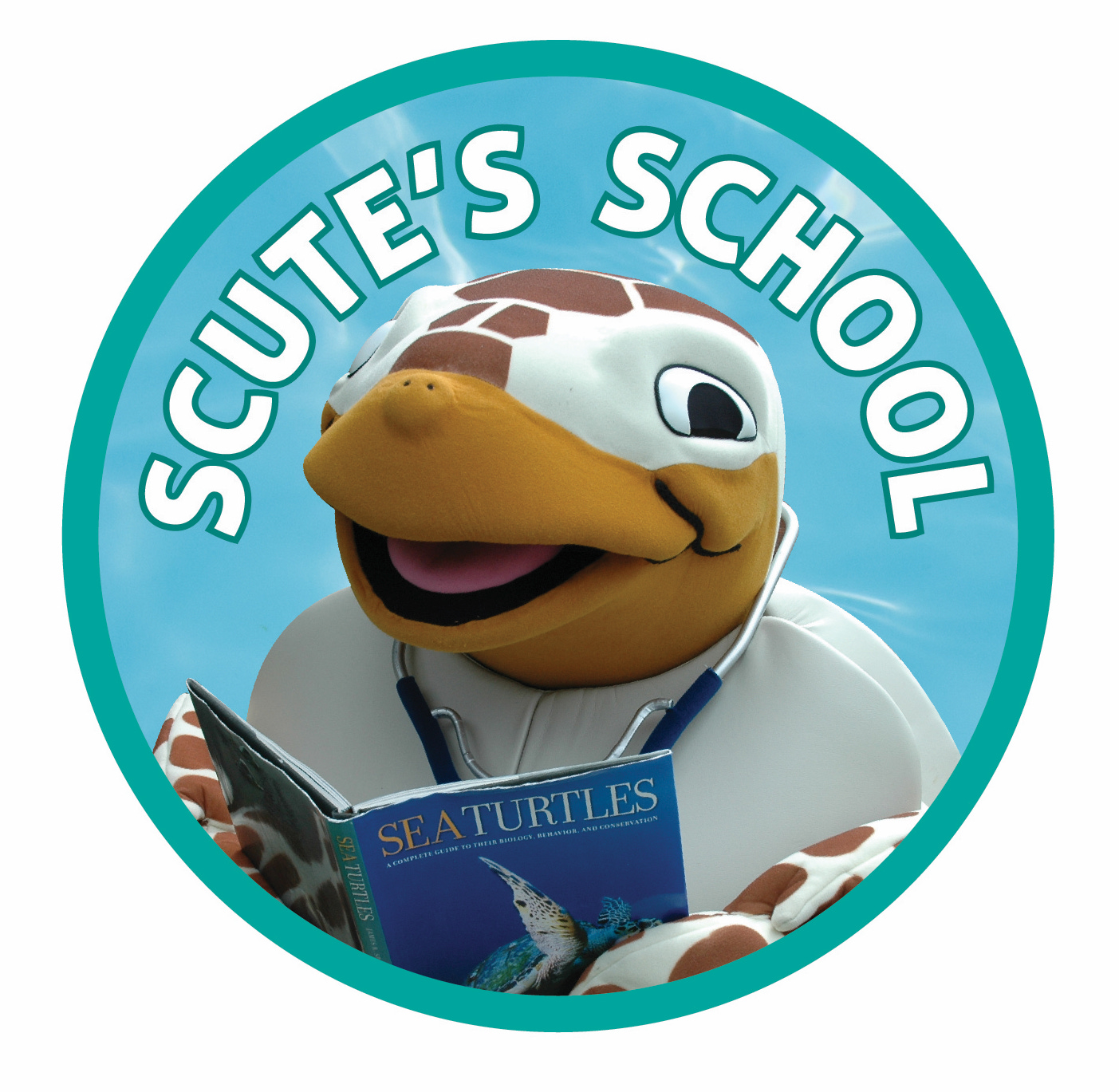By Davide Zailo, JIA Research Specialist
Pillar #3: Research
The Jekyll Island Authority’s Conservation Department, working alongside staff at the Georgia Sea Turtle Center, collects data on all species of turtle found on Jekyll Island to develop a better understanding of the conservation needs and issues they face. From sea turtles on Jekyll’s oceanfront beaches, to freshwater turtles and box turtles on the island’s interior, to diamondback terrapins that inhabit our marshes, each one is studied. By doing so, staff can better manage both the habitats being protected and educate residential and visitor communities to partner in a collective responsibility for island stewardship. Jekyll Island is a model community that strikes a delicate balance between the natural and human world. Only with a deep understanding of both of these aspects can we accomplish our conservation goals.
The JIA’s flagship field research program consists of monitoring and collecting information on nesting sea turtles that visit the island’s beaches every summer. The night patrol team works from 8 p.m. until 6 a.m., guided by turtle-friendly red lights. The patrol team’s goal is to encounter as many nesting sea turtles as possible and when appropriate, give each a unique identification tag, collect information on size and general appearance to gauge health, and protect their nest with a large screen to reduce chances of predation. As the night patrol shift ends, researchers are quickly replaced by the dawn patrol team. This daylight team has a different set of duties: perform a thorough survey of the entire island’s beaches, protect nests, and collect habitat information in areas the night patrol team cannot survey due to lack of light. Finally, the dawn patrol team enters data and prepares gear for the next evening shift.
The Jekyll Island project is one of the longest-term projects of its kind. As a result of these efforts, in the 2021 season, more than 13,000 loggerhead sea turtle eggs were protected and resulted in more than 7,000 hatchlings. The Georgia Sea Turtle Center educated over 5,000 individuals during chance encounters about sea turtle conservation efforts. And, thanks to the generous support of the Jekyll Island Foundation and its donors, the Georgia Sea Turtle Center received a new UTV to continue monitoring efforts for nesting sea turtles. With the 2022 nesting season just around the corner, the Georgia Sea Turtle Center will continue its effort to make an even greater impact on the rehabilitation, education and research for this resilient species.
Find Pillar #1 HERE, Pillar #2 HERE

